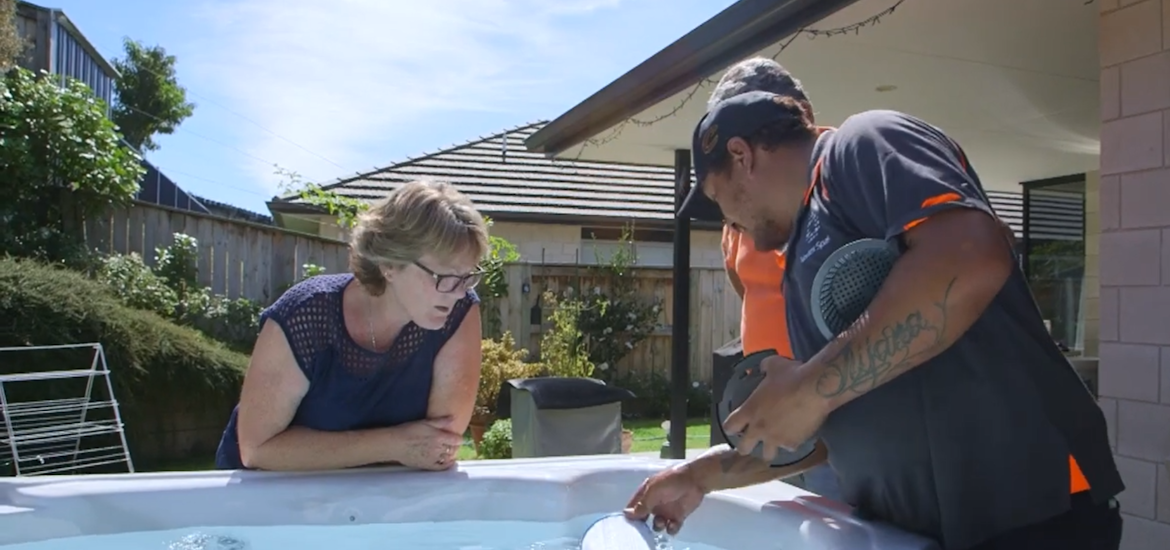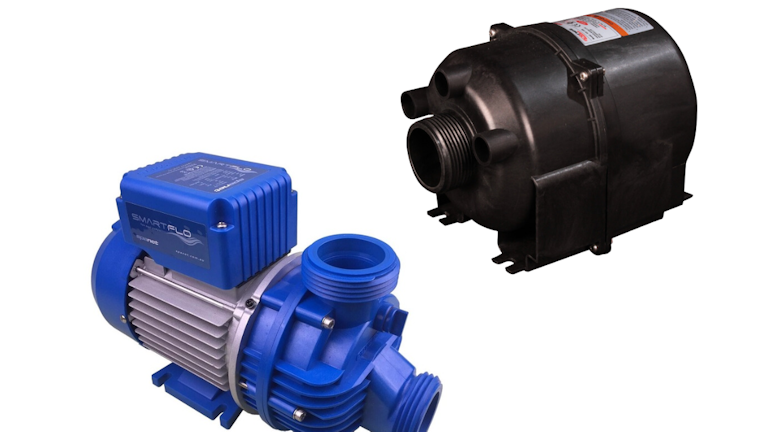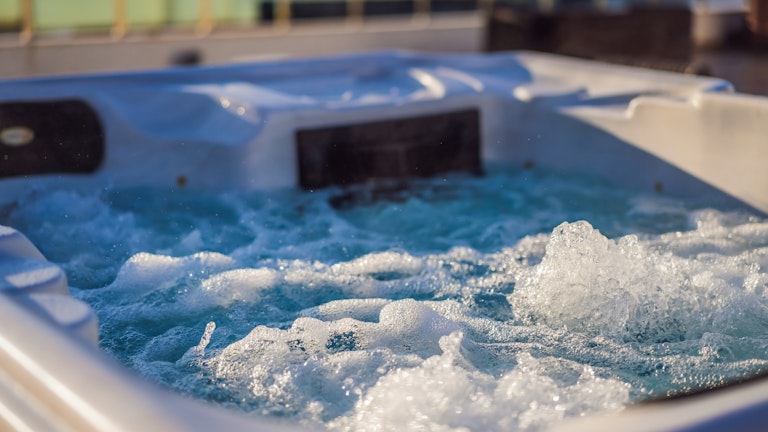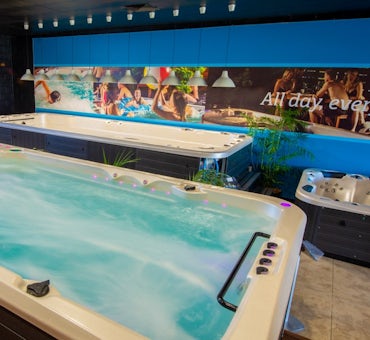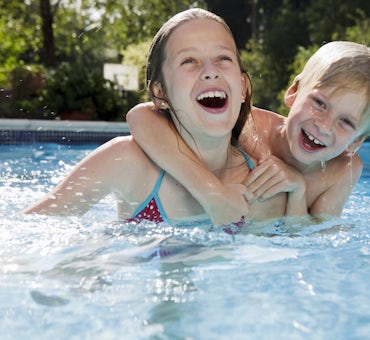The filtration system in a spa is designed to filter out dirt, debris, oils and scum from your spa water. There are two main types of filtration systems used in spas: suction and pressure.
In this article, we will discuss in detail the differences between suction and pressure filtration systems, and help you understand how all the components work in the system.
We'll also cover:
